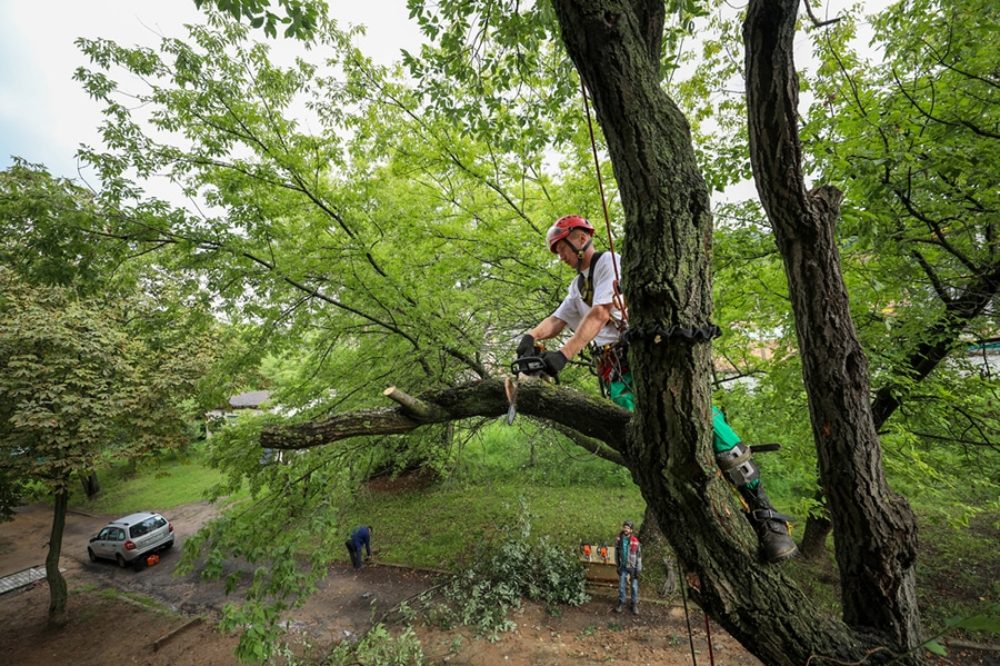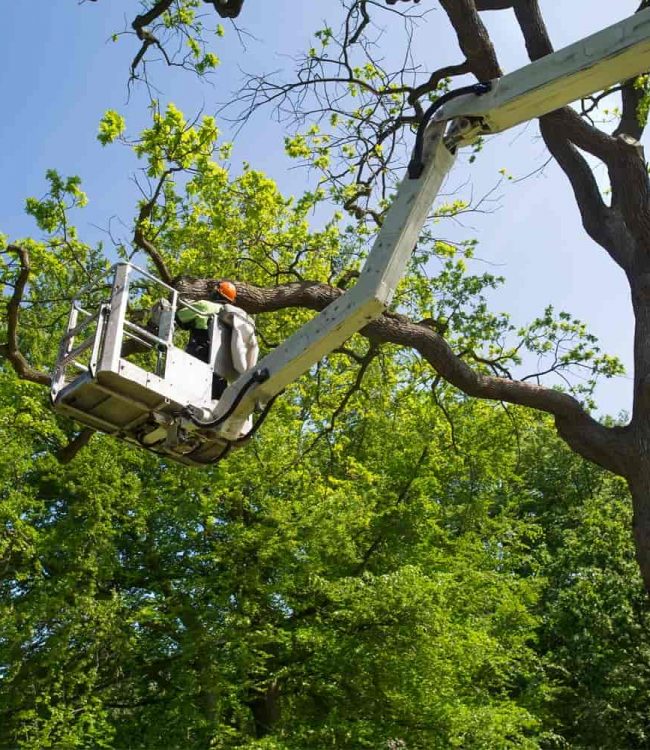Though some trees bear up well against frigid weather, freezing temperatures risks damaging others, especially if they’re young and not well-established. An unexpected cold snap in what should be spring can even hurt trees that otherwise sail through winter with no problem, as the temperatures kill budding leaves, fruit, and flowers. Here are some things you can do to protect your trees when the temperatures plummet.
If the Tree Is Potted, Bring It Indoors
If you have a potted tree, bring the tree either indoors or move it to a greenhouse or a spot on your property where it’s going to be warmer. Not all areas of your yard are the same temperature, and cold air is known to accumulate in certain areas. Of course, if the tree is in a large container like a Versailles planter, you’ll need help to move it.
Cover the Tree
If the tree can’t be moved, cover it with an old sheet, a sheet of burlap, or a tarp if you can. Make sure that the fabric stretches down to the ground to trap the warmth in the soil, and make sure that there’s room between the fabric and the plant. If the cold air touches the fabric that touches the plant, the plant is more likely to freeze. Use stakes or some kind of frame to make sure that the tree and its covering are separate.
Water the Tree
Watering the soil beneath the tree brings extra warmth to the plant. Soil that’s been watered absorbs more of the sun’s radiation than dry soil and can give it back to the plant during the night. If you have a really large tree that can’t be completely covered up but is still vulnerable, operate the sprinklers during the coldest stretch of time, which is usually very early in the morning before sunrise. Ice crystals will form on the tree’s leaves. They’ll pull moisture from the leaves as they form but also release heat as they transition from liquid to solid. Interestingly, this technique gives the tree some protection from a freeze.
Keep Trees Well Mulched
Arborists suggest mulching beneath the tree with wood chips or other organic materials because this protects the roots and keeps them hydrated. Hydrated trees tolerate freezing temperatures better than trees whose roots are dry.
Learn More About How to Protect Your Trees From Freezes
Whether you’re faced with an unexpected late freeze, or you’ve planted trees that are maybe a bit more tender than your hardiness zone, it’s a good idea to learn how to protect them when the temperatures are low. For more information about tree care, contact the arborists at Central Arbor Tree Care of Peoria.






